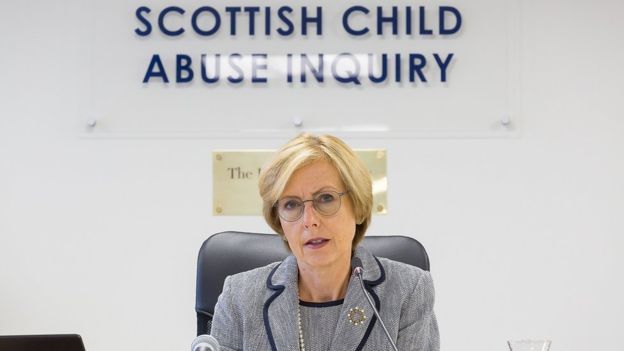
A child abuse victim who was sent to Australia believing he was an orphan has told of sexual abuse and “brutal beatings” at the hands of paedophile priests.
The Scottish Child Abuse Inquiry witness, known as Harry, left care in Aberdeen and sailed to Australia in the 1950s, growing up in two orphanages where the boys were subjected to public floggings and years of sexual abuse.
Harry told the hearing, chaired by Lady Smith, about his experience in the care of Christian Brothers and how he was forced to perform sex acts by three of the men in the boys’ dormitory.
Speaking via video link from Australia, the 75-year-old witness said the sexual abuse at Clontarf in Western Australia lasted “four or five years, on and off”, with the threat of punishment if he did not go along with it.
Recalling the abusive Christian Brothers, he said they should have been “shot and hung”.
“If you, in Scotland, knew what happened in Australia you would have started a Third World War,” he said.
The inquiry also heard about the physical punishment at the institution, including boys being lined up on a stage to be flogged in front of their peers.
Describing himself as “thick as two short planks sometimes”, he said he was not a good pupil, struggling to read and write, as well as suffering from a stutter.
Throughout his time in care at Castledare and Clontarf, Harry said he received “brutal beatings” if chores were not done properly and once had a plate smashed over his head for refusing to eat his food.
“We were wild kids,” he said, adding: “They used to flog the hell out of me.”
Now in its fifth phase, the inquiry is currently looking at evidence about abuse involving thousands of children who were overseas through child migration schemes that ran until 1971.
Although he found out as a teenager that his mother was alive and had been writing to him, Harry only ever spoke two words to her – telling her to “f*** off” when she once phoned the care home.
“I’m sorry I did that now,” he said, revealing she had died by the time he managed to return to the UK.
Breaking down in tears, he explained he had visited her grave in Country Durham, adding: “It was sad, like someone had pulled something away from you.”
Growing up, Harry believed he was an orphan and treated the hundreds of other boys as family.
“We were just wild kids, I didn’t think much of it,” he said.
“I didn’t know who I was, to be honest. We didn’t know what a mum and dad were, we just knew the Christian Brothers.”
Harry, who went on to work on farms after leaving Clontarf, said: “I still go to bed sometimes and feel scared. It’s still with me.
“I’m 75 and nearly ready to die but it’s still with me. I didn’t know who I was, I still thought I was gay, after all that sex with boys you don’t know who you are.”
He added: “I didn’t know who I was, I was a nobody. I didn’t get on with other people, I knew I was different.”
Concluding his evidence, Harry said “the religious system has got to change”, suggesting the Christian Brothers were “frustrated men” who were abusing boys as they were unable to marry.

Enjoy the convenience of having The Sunday Post delivered as a digital ePaper straight to your smartphone, tablet or computer.
Subscribe for only £5.49 a month and enjoy all the benefits of the printed paper as a digital replica.
Subscribe